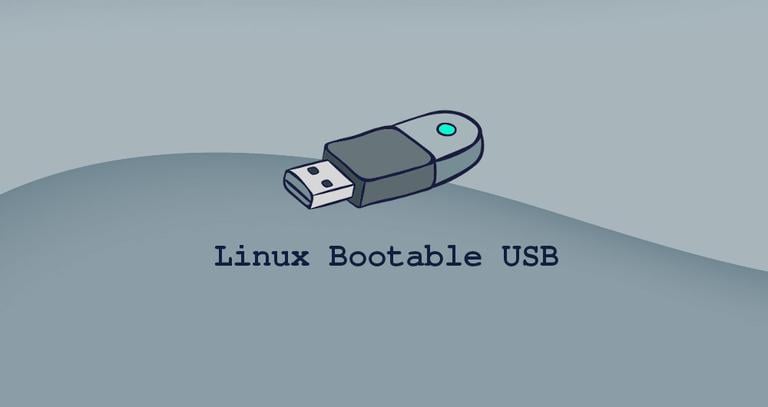


Fedora media writer is a free, open-source bootable media creator tool that works in conjunction withRufus as a replacement for Linux. SUSE Studio ImageWriter is an official SUSE tool that allows you to create Live USBs for Linux distribution platforms such as SUSE and OpenSUSE. It can flash ISO files to USB sticks and memory cards containing various operating system formats, including Windows, Linux, and macOS. Balena Etcher is an excellent tool for creating bootable drives that can be run on Linux. Use FAT32 formatted USB sticks rather than DVDs to install operating systems on bare metal PCs with Netbootin. There are several other viable alternatives toRufus on Linux that are also simple to use. Windows users can use the bootable USB creator tool, calledRufus, which is only available in Windows. As a result, most of us who have used it on Windows are now turning to Linux for alternatives. Is Rufus Available For Linux?Īlthough Windows runsRufus, it is not available for free download for Linux. This article will walk you through the process of using the stick to connect to Linux Live sessions and installing it on your hard drive. After selecting a password, Etcher will ask you for one at the lowest level. Balena Etcher is provided with further processing if we download the iso file of a Linux distribution (for this example, Linux Mint 19.3) and offer it as part of this article. The process is described in an article that explains how it can be accomplished on an Apple macOS/OSX environment.

This tutorial will walk you through the process of creating a bootable USB drive that allows you to begin using Linux on your computer. The USB stick is one of the simplest and quickest ways to try out Linux. 5) Once the process is complete, you should be able to boot up your computer from the USB drive and try out Linux. 4) Click on the burn button to start creating your bootable Linux USB drive. 3) Find the Linux ISO file that you downloaded and select it. 2) Select your USB drive from the drop-down menu and click on the browse button. 1) Plug your USB drive into your computer and open up the Windows Disk Image Burner tool. Once you have these two things, you can follow the steps below to create your bootable Linux USB drive. Next, you will need to download a Linux ISO file.

First, you will need to have a USB drive that is at least 2 GB in size. If you would like to create a bootable Linux USB drive from Windows, there are a few things that you will need to do.


 0 kommentar(er)
0 kommentar(er)
